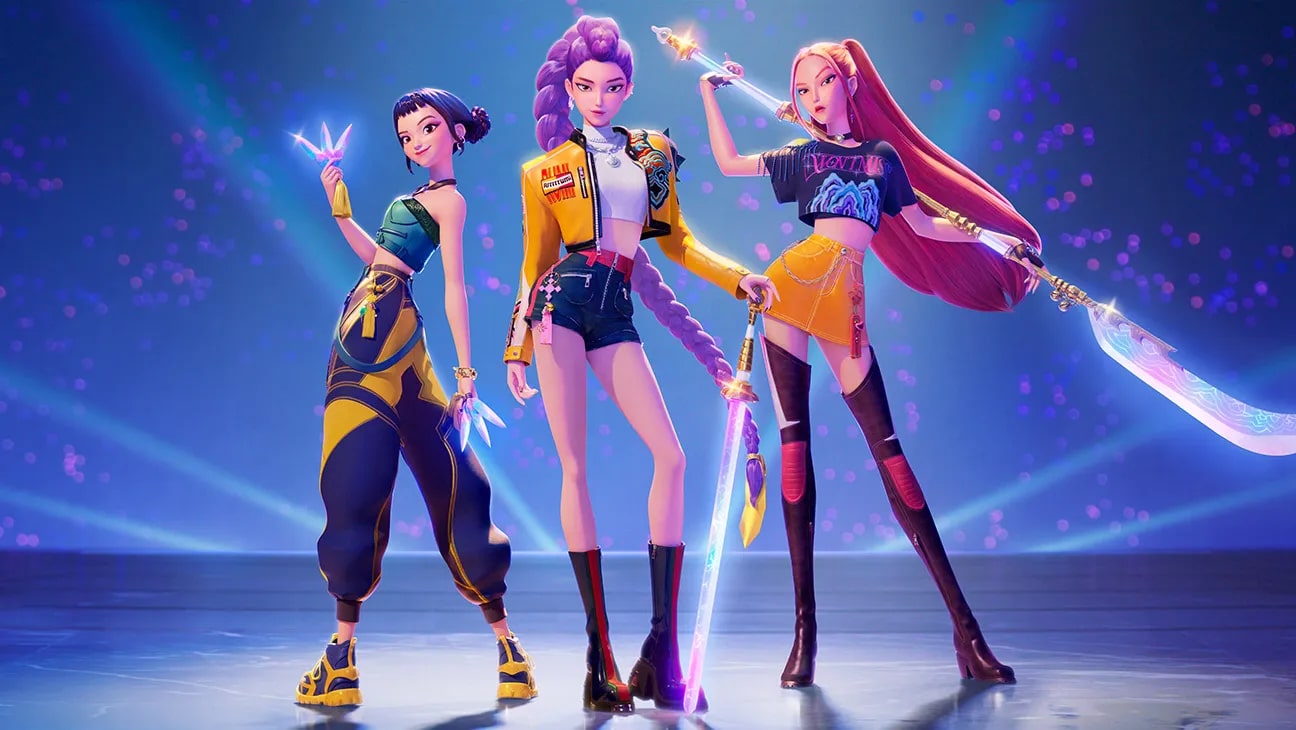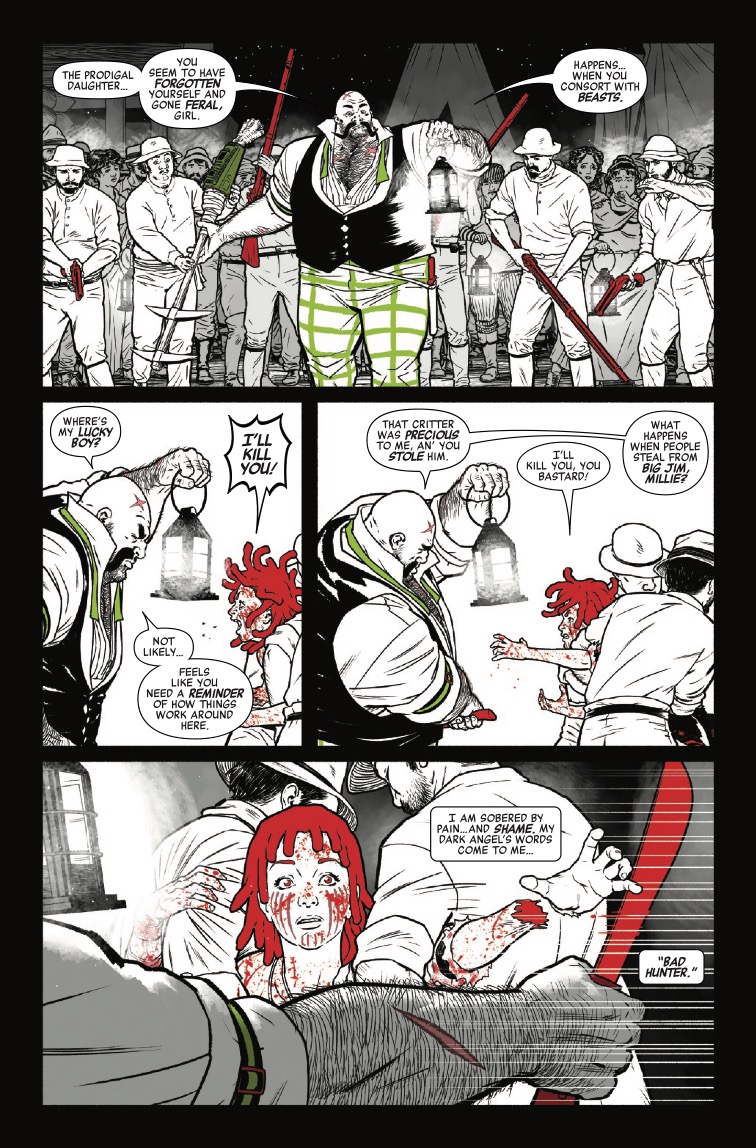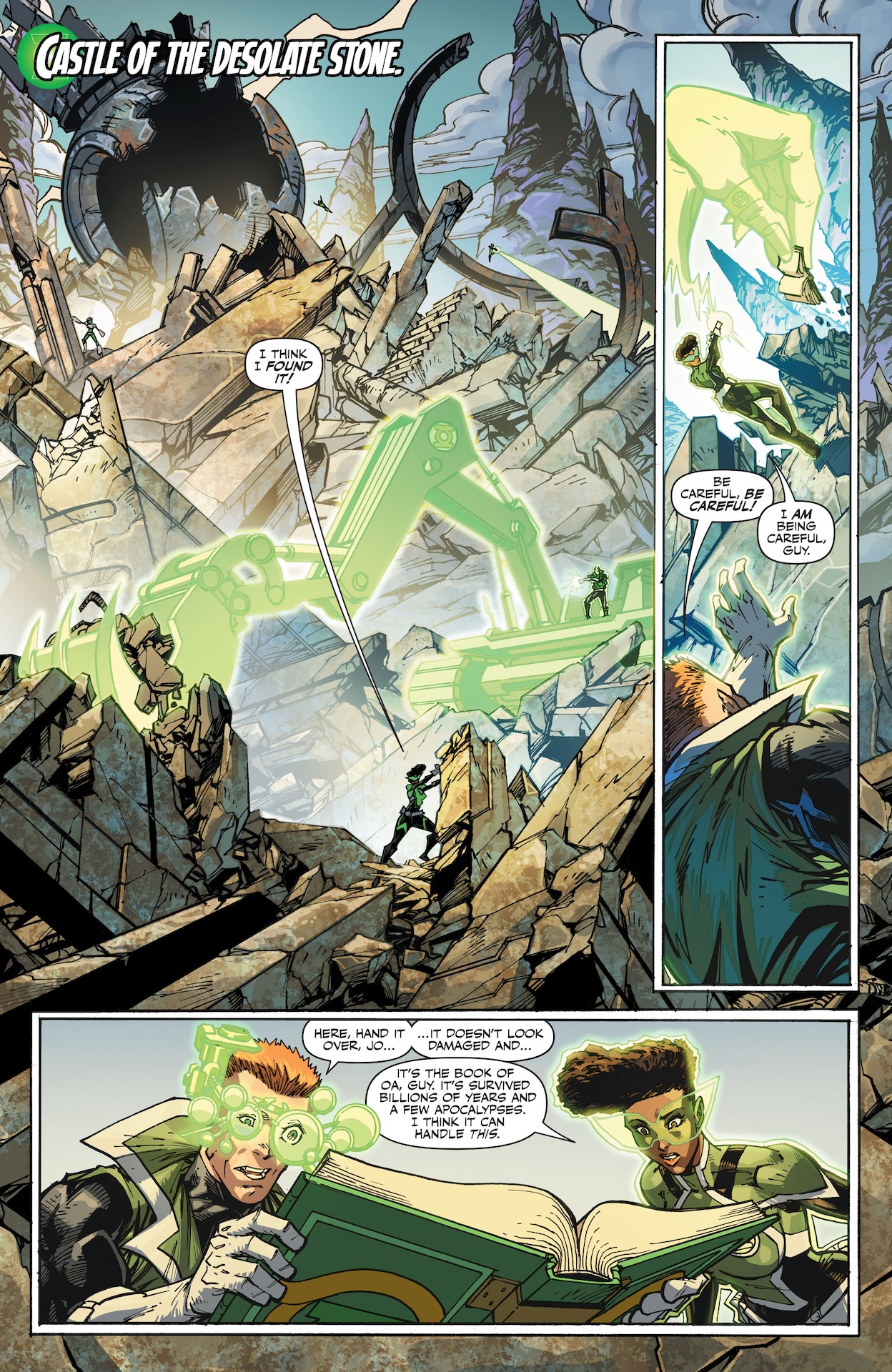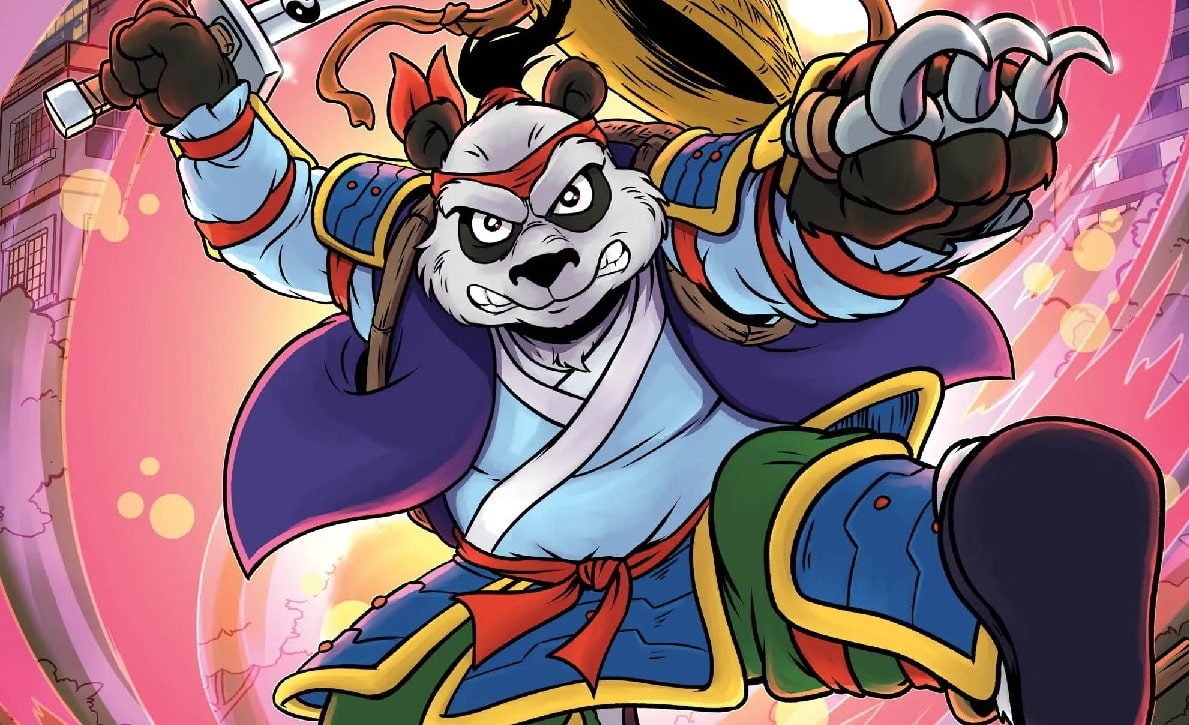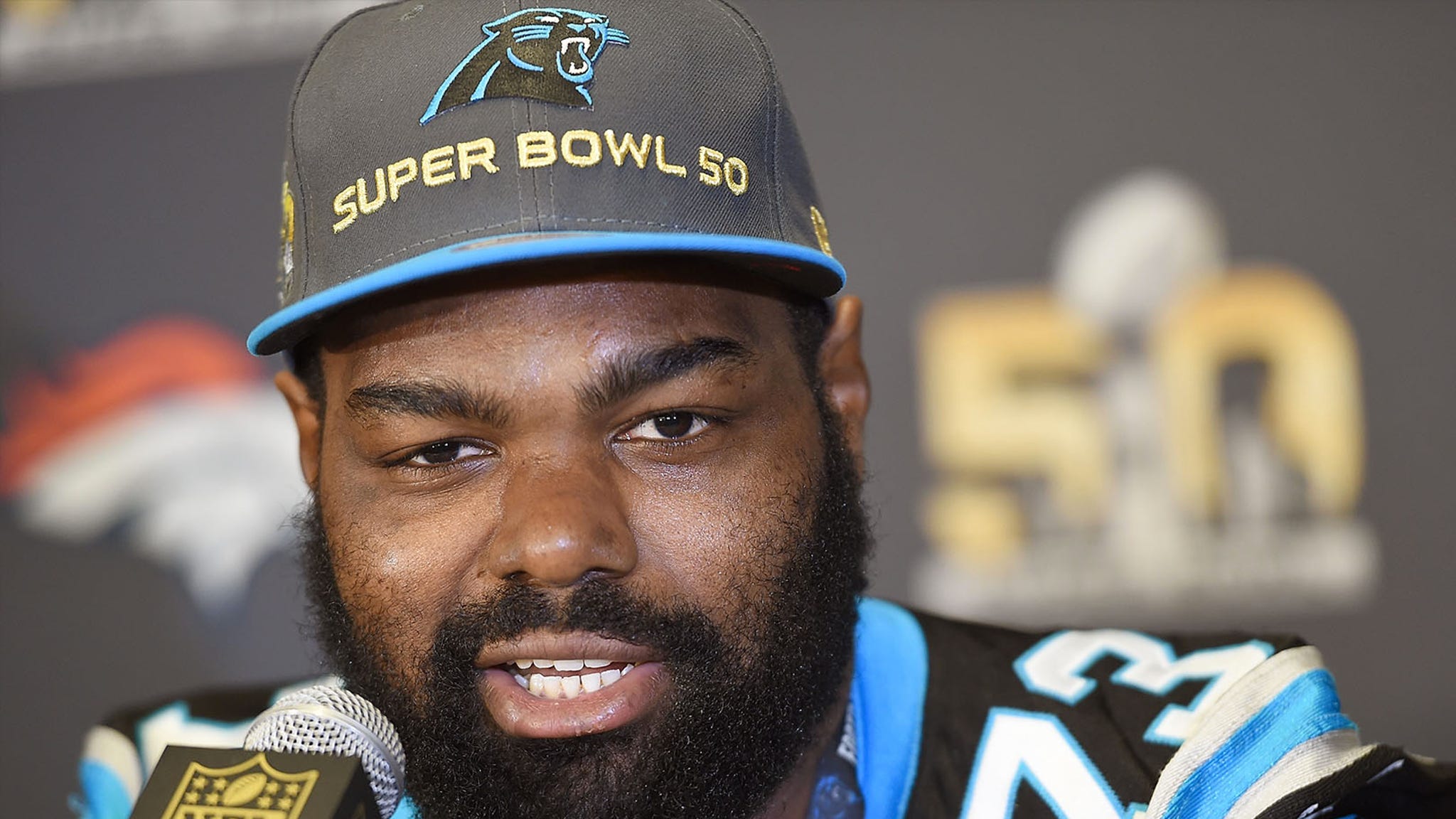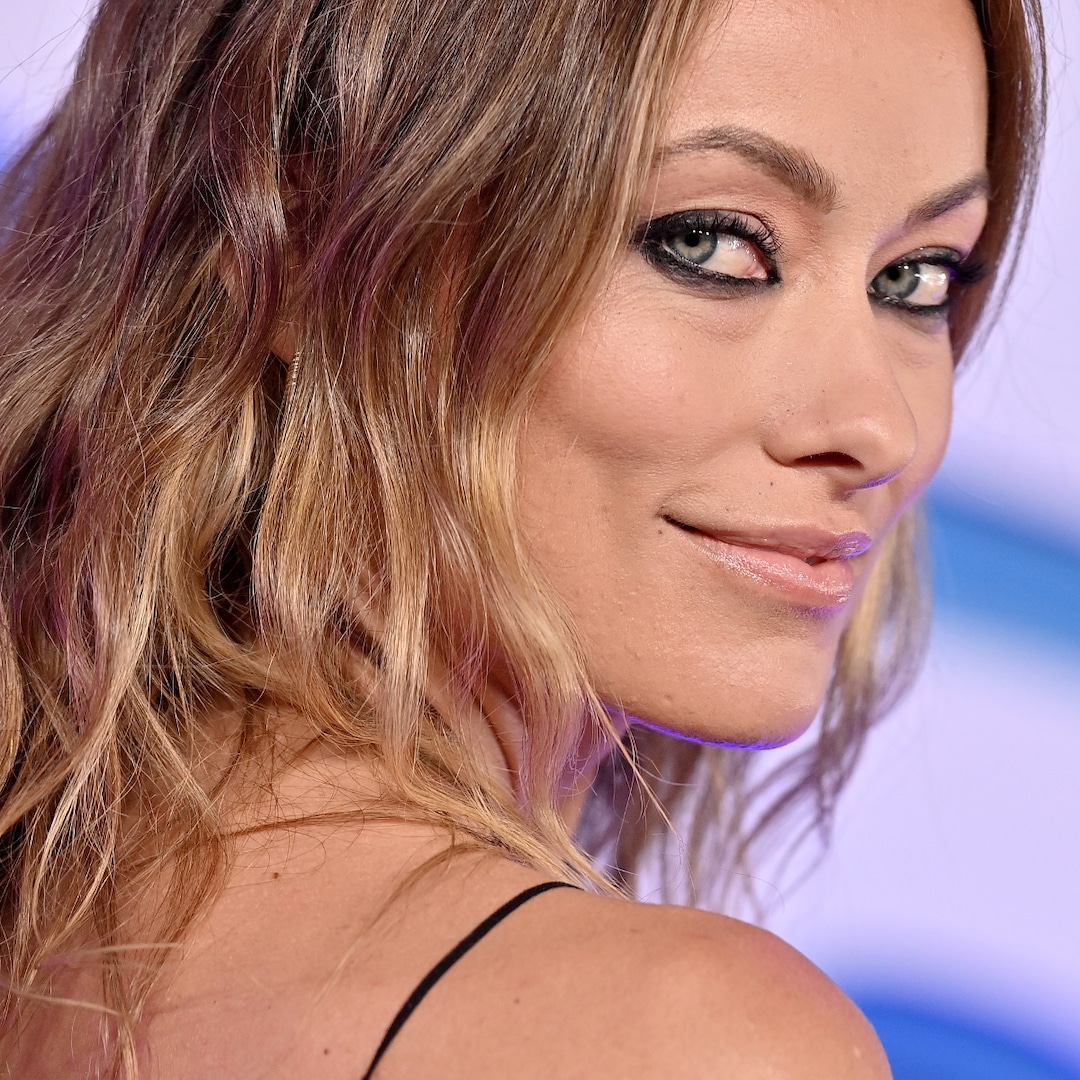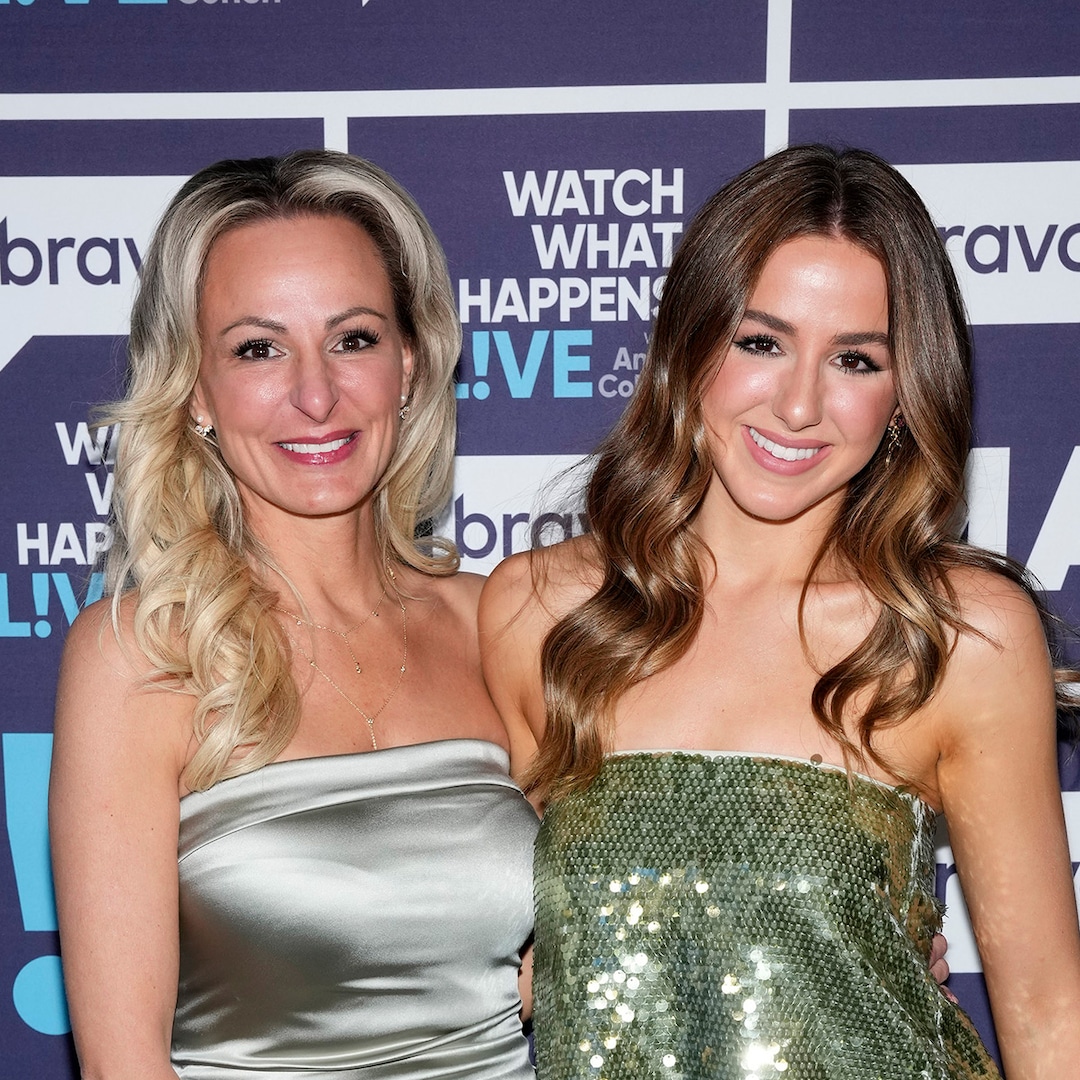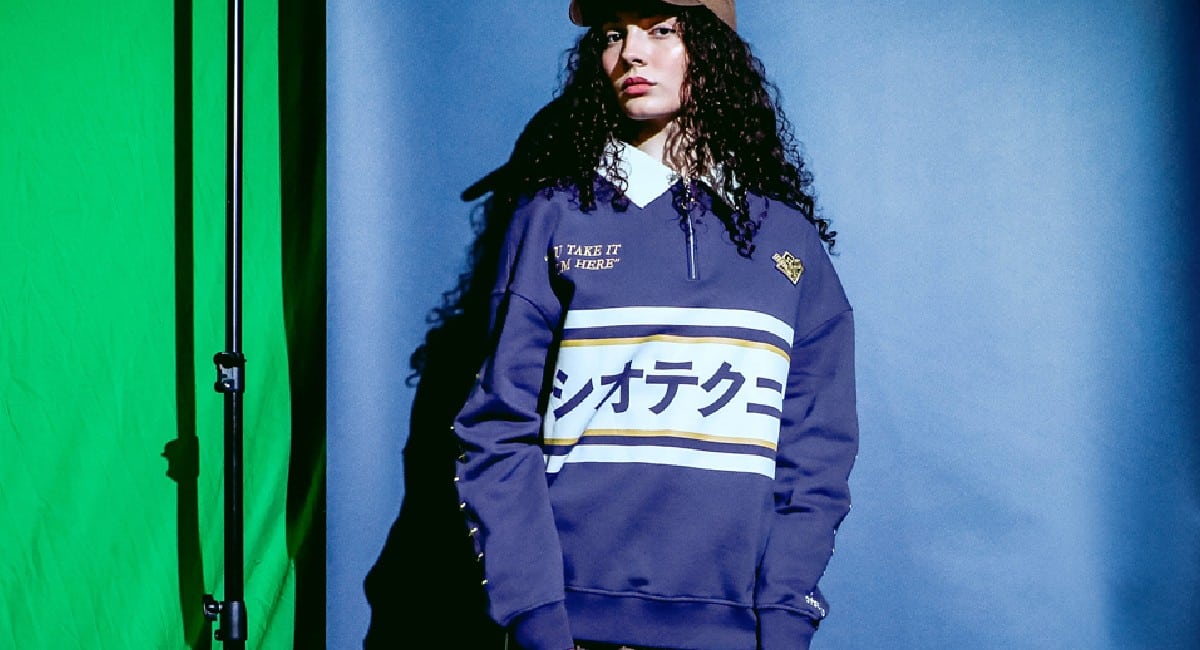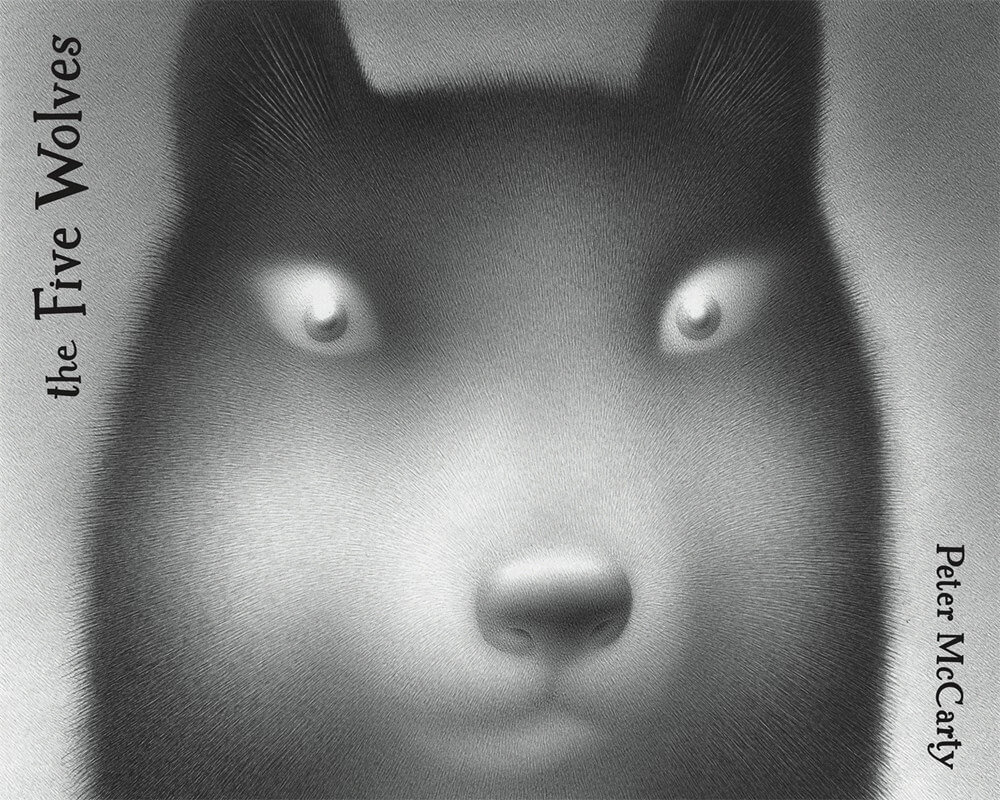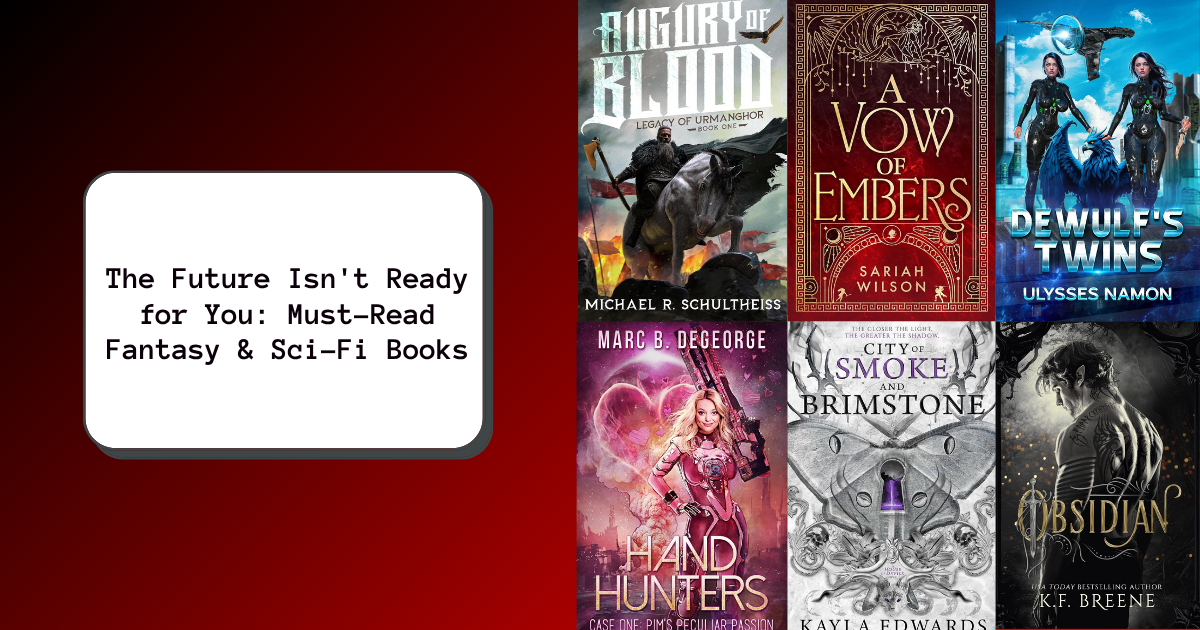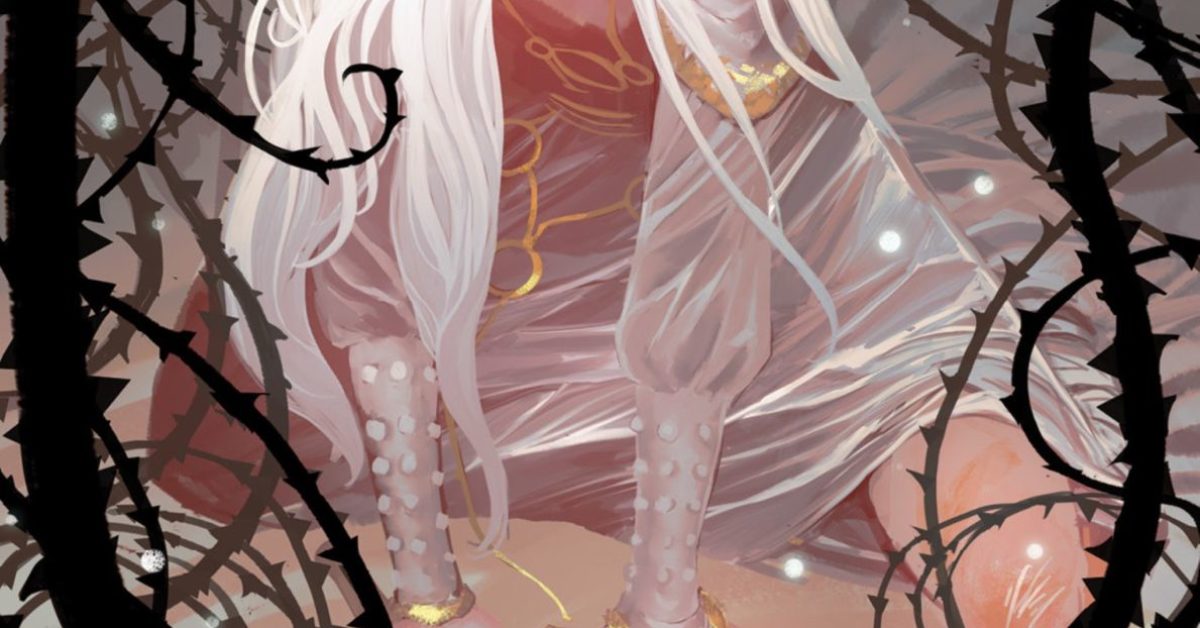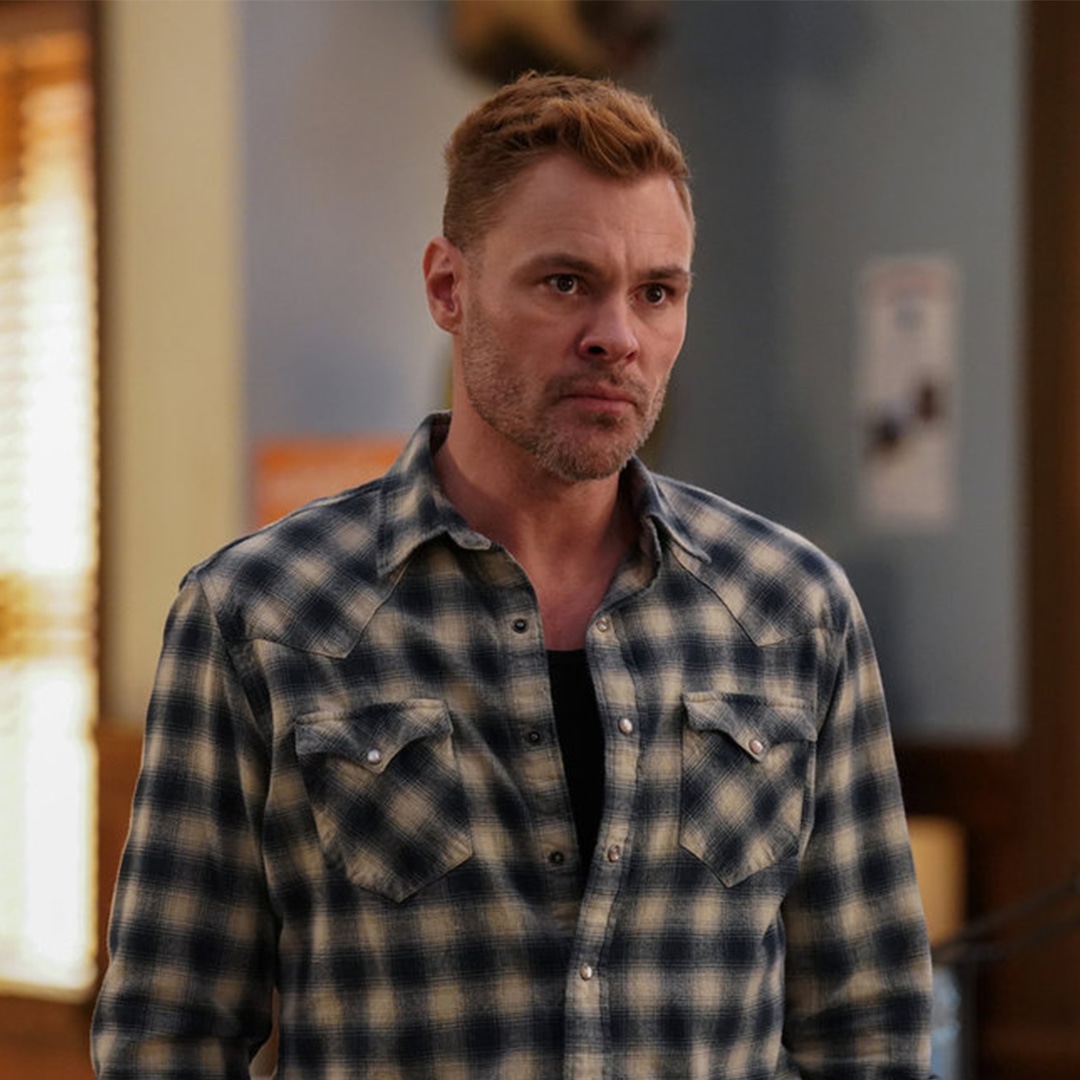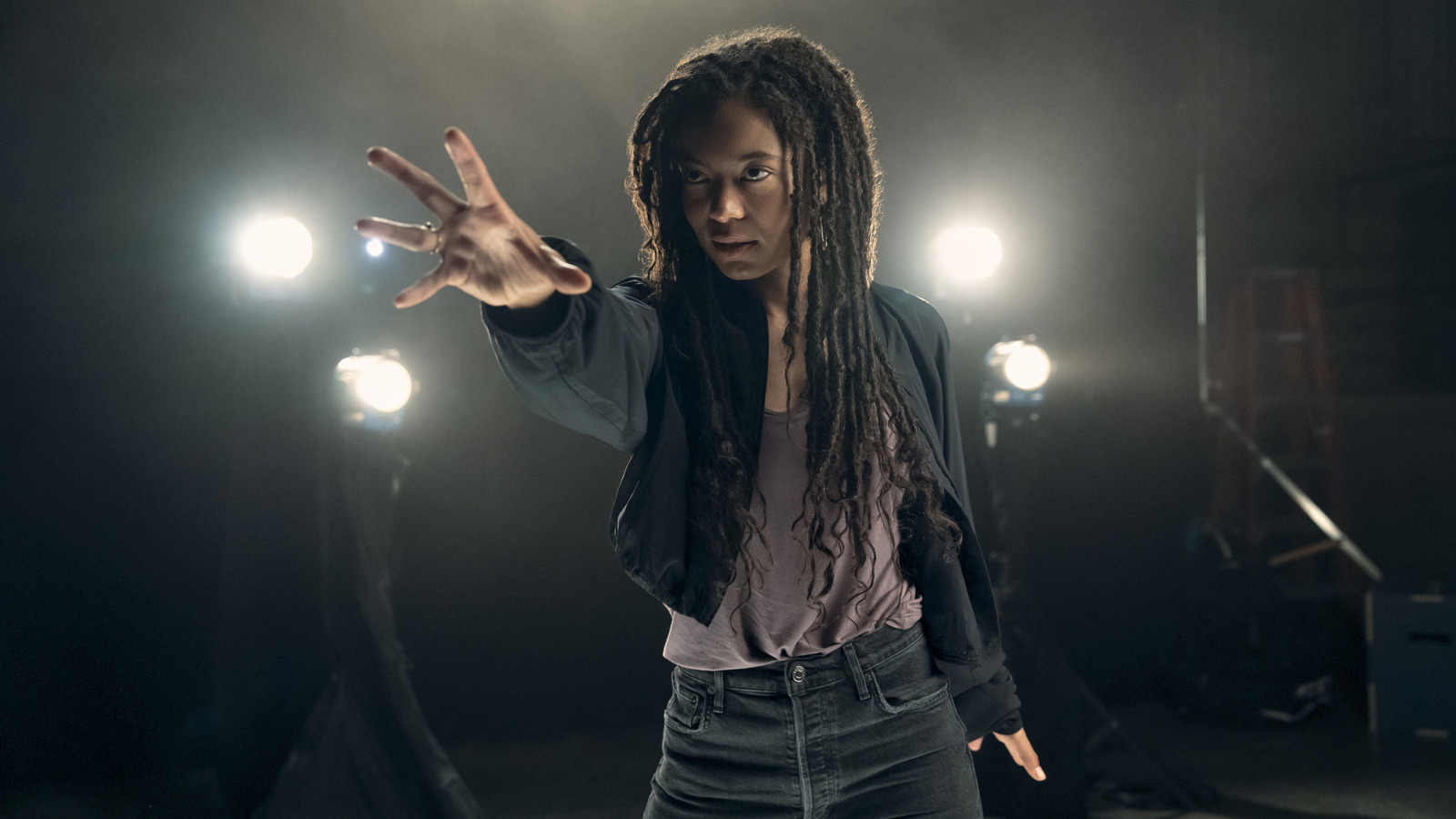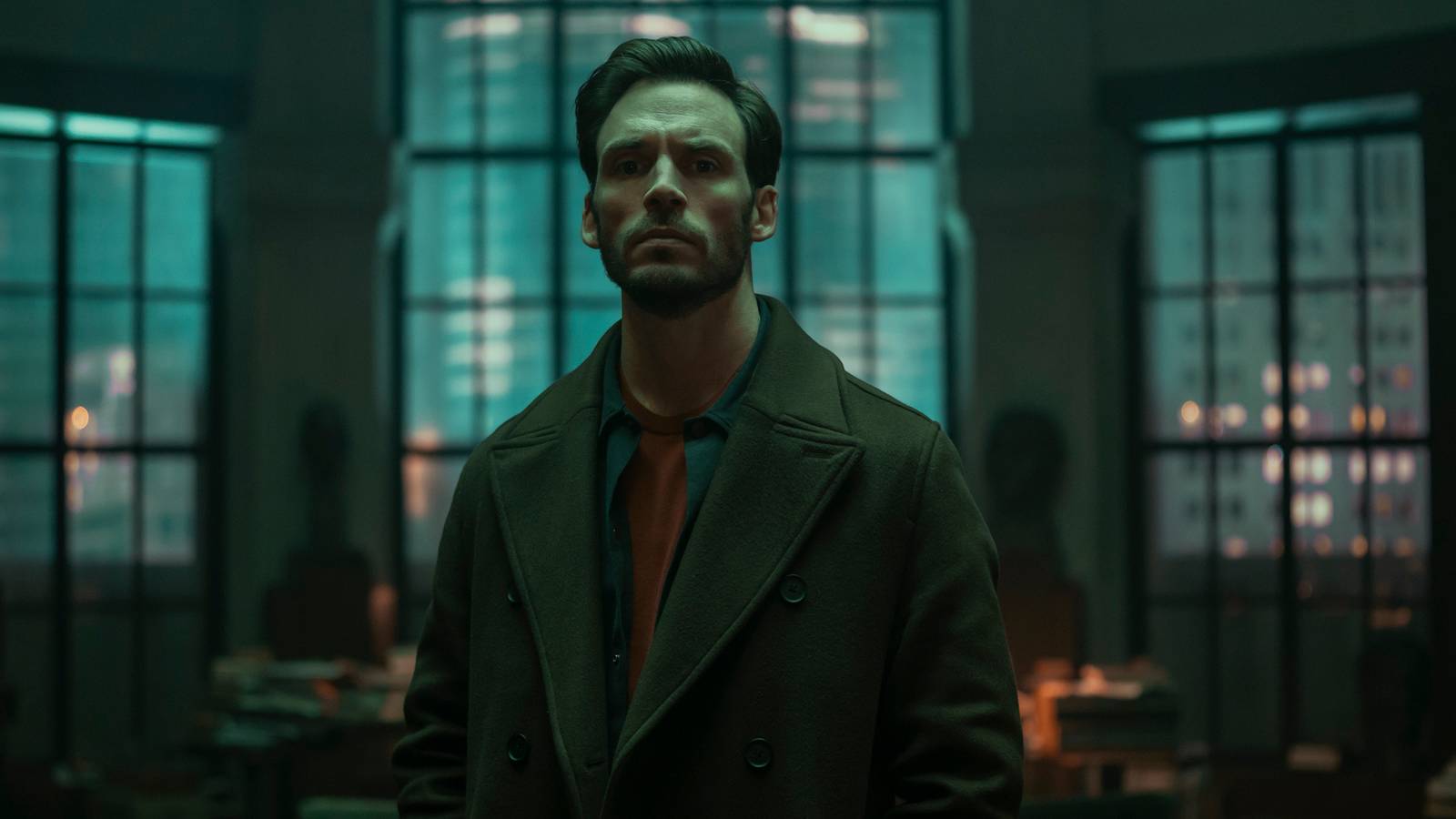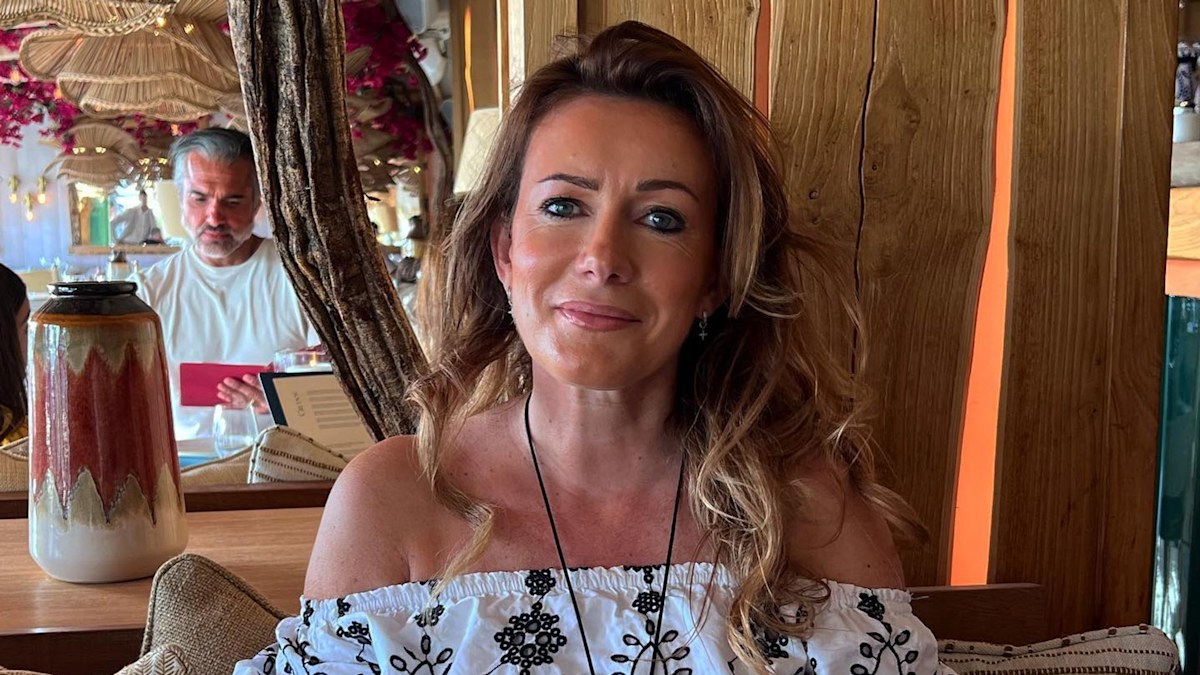
Veteran comics creator Bill Morrison is teaming up with Zoop to launch his first-ever crowdfunding campaign for his creator-owned book, Roswell Little Green Man!
The Beat reached out to Morrison to discuss the inspiration behind the project, the creative process behind his book, and what he hopes fans will take away from flipping through its pages.
DIEGO HIGUERA: What inspired you to bring the project to life now?
BILL MORRISON: Well, it’s been on my mind for years, ever since I left the project to work on Futurama. It was always my intention to come back and resurrect it, but I just never did. One thing got in the way and then another. But the biggest inspiration is every time I do a convention or do a store signing, I almost always have at least one person come up to me and ask me when I’m bringing back Roswell. That kept me going all these years and kept it as one of those projects in the back of my mind that I think there are still some people out there who want to see it. Now that we have crowdfunding it’s kind of a convenient way to get something out there, get it in front of the public, and see if there’s still an interest for it.
HIGUERA: That’s fantastic. I’m assuming you got a lot of feedback about that as well. Especially working with Zoop and everyone, I’m assuming there had to be people pining for this.
MORRISON: The reactions have been really great. This particular book that we’re coming out with is going to be the first collection of all the existing Roswell material to date, including all the Bongo stuff, but also a couple of indie things that I did with Roswell. Some pinups that have never been seen before and some new ones. You know, if it gets out there and people dig it, then that will lead to a new ongoing series.
HIGUERA: What can fans expect from this collection of Roswell, Little Green Man?
MORRISON: There are a couple of Roswell pieces that I did years ago for indie books, and one of them was penciled by Dan DeCarlo, the Archie artist, and it was originally published in black and white, and that will be in color for the first time. There’s also a four-page piece that I did for a book called Spark Generators and that is all about how I came up with Roswell. That’ll be in there, plus, over the years I’ve written some stories that will be part of the ongoing series if that happens. One of them was a story that I wrote that was a Halloween issue, and I reached out to Jack Davis to ask him to do a cover.
So I have an original Jack Davis piece that’s never been seen before. Mark Schultz is doing a brand new pinup. I also have an Eric Powell pinup that never saw print during the original Roswell run. So there are definitely some goodies by some of my cartoonist friends that will be seen for the first time. This is just the first time all of the Roswell materials have ever been presented in one package. We did a Roswell trade paperback at Bongo but it only included the first three issues, plus the four-part intro that we did in Simpsons comics, and so it’ll have all that material, plus the stuff I just mentioned.
HIGUERA: Why Zoop?
MORRISON: It’s been really great and it worked for me. I’ve never done a crowdfunding project before, and everything that Zoop was offering made it really easy. I don’t really have, or at least, I don’t feel like I have the time to do my own fulfillment on rewards, etc. I also don’t have the room to get a shipment of a pallet of books that I then have to send out through the mail. Zoop handles all of that, so that made it attractive for me, and so far it’s been really great.
HIGUERA: Could you tell us a bit more about the previously unseen pinups by Jack Davis, Eric Powell, and Art Balthazar?
MORRISON: Yeah, the Jack Davis piece, it was for a Halloween story and one of the scenes involves Roswell, Julian, and Jasper, the three main leads, going into this weird nightclub that’s sort of run by Ghouls and Ghosts. So the scene shows the three of them at a table, and there’s this waitress who’s got fangs, she’s a typical creepy Jack Davis kind of a character. So I was really excited about that. I love Jack Davis’s designs. I love the designs he did for the Mad Monster Party film back in 1967. It’s kind of the rank and bass stop motion animation feature. This kind of harkens back to that; it has that kind of a vibe to it. Art Balthazar, back when I was doing the original run of Roswell for Bongo, he did a pinup.
I used to create back cover pinups featuring guest artists like Dan DeCarlo, Chris Yambar, and Mike Manley. I even commissioned one from Art, but when Futurama came along, it consumed all my time, and I had to put Roswell on hold. That particular piece has been sitting in a drawer, unseen, and never colored. I haven’t even discussed it with Art yet, whether he wants to color it himself or let me handle it. But it will all be in color, including the Eric Powell piece. His is a beautiful black-and-white ink wash drawing of Julian and Roswell. We might present it as it is, or I might ask Eric to color it for me.
HIGUERA: That’s fantastic and jumping off of that, it’s interesting because nowadays when people think of Roswell, they might see it as a niche or older comic. You don’t really see comics like that anymore. Like how you mentioned with Mad Monster Party, projects like that are rare these days. So it’s genuinely exciting to see this project making a comeback and generating enthusiasm. How does that feel for you?
MORRISON: It feels really good. The comics landscape has changed a lot, with so much competition across different genres. There’s a ton of young adult material exploring a wide range of interests, so the fact that people are excited about Roswell is really encouraging. It has the potential to get lost in the mix with all the great stuff out there, but I hope people see it as something unique and interesting—not just for the original audience, but for a brand new one as well. I really hope people love it.
HIGUERA: How did the collaboration with DiCarlo come about, and what was it like working with him on this project?
MORRISON: It was great. Dan and I became good friends through Roswell. I was a big fan of his art, and when I started working on the book, I reached out to him and said, ‘Hey, I’m a big fan, and I’m doing this book called Roswell, Little Green Man. I was wondering if you would do a pinup for it.’ He replied, ‘Send me some copies so I can check it out, and then I’ll let you know.’ So I did, and he sent me back a note. It was very flattering—he said he’d love to do a pinup, but only if he could do the pencils and have me ink it because he thought my inks were really great.
To get a compliment like that from someone like Dan DeCarlo, a professional of his caliber, whom I greatly admired, was incredible. At the time, I wouldn’t say I was a beginner, but I was still new enough to comics that receiving praise from a legend like him was a fantastic feeling. We developed a friendship over that.
Later, when I was editing at Bongo, I hired Dan to do layouts. The first thing I asked him to do was a Treehouse of Horror story, which I wrote especially for him. It was a parody of I Was a Teenage Frankenstein and involved characters from The Simpsons universe, as well as parodies of the Archie characters. I needed teenagers in the story, so I created doppelgangers for Reggie, Archie, Betty, Veronica, Jughead, Moose, and the rest. Dan drew it, and it came out great.
When he was no longer getting work from Archie, I hired him to do more stories for Bongo. He did a lot of layouts because he was such a great storyteller. We had artists who could draw the characters on model, but they weren’t as skilled at laying out a story, so they worked over Dan’s layouts.
During that time, I was asked to do an indie Roswell story. I didn’t have a lot of time to pencil it, but I knew Dan could use the work, so I asked him if he wanted to draw it, and I would ink it again. We worked on it together, and it was a lot of fun. The original version had shading film, like Zip-A-Tone, with dot screen shading, so it wasn’t in color. But this time around, it will be in color for the first time.
HIGUERA: As a co-founder of Bongo Comics, how did you experience their influence your work on Roswell?
MORRISON: Well, it was really through Bongo that I became a writer and an editor. I started writing Simpsons comics even before Bongo, back when we had The Simpsons Illustrated magazine. That’s where the comics originated, with a whole section of comics in every issue. That led to the one-shot comic book, Simpsons Comics and Stories, and from its success, we launched Bongo. During that period, it was a real time of growth for me. I had always seen myself as just an artist and didn’t really think of myself as a writer. But I was given the opportunity during those early years with Simpsons Illustrated to start writing.
I wrote one of the stories in Simpsons Comics and Stories, which was my first story beyond three pages—it was about eight pages long, I think. Then, in Simpsons Comics #6, I wrote my first full-length story. Like I said, it was a period of growth. After Bongo’s first year, when Steve and Cindy Vance left, they made me the editor, which was another milestone. I’d never been an editor before, but it opened up a lot of opportunities. I got to oversee and train young writers to craft stories for us, and every so often, if I had the time, I would write stories myself. I was also drawing covers and occasional stories, so it was a really great experience.
In the mid-90s, Matt Groening gave a few of us at Bongo the opportunity to come up with our own books. It took me a while—probably a couple of years—to figure out what I wanted to do, but eventually, I came up with the idea for Roswell. Matt liked it, so we started publishing it. It was just an amazing time, to go from someone who only considered himself an artist to being given all these opportunities to write, edit, and eventually create my own book and characters. It was truly phenomenal.
HIGUERA: Following that what do you think the most rewarding aspect of working on this project so far?
MORRISON: It’s really about the fan reaction. When you write or draw a comic book, it goes out into the world, and a lot of times, you don’t get much feedback. You just move on to the next project. Unless you spend a lot of time searching for reviews online, or if you work for a publisher that receives a lot of fan mail and forwards it to you, you don’t really hear back from people. That’s why conventions and in-store signings are so important. Those are the places where I can go and get feedback, whether positive or negative, about what I’ve done.
It’s incredibly rewarding when that happens. It’s kind of like the difference between film actors and stage actors. Stage actors get instant feedback—they know right away if they’ve succeeded or failed based on the audience’s reaction. But for film and TV actors, and especially for comic artists and writers, that feedback doesn’t always come easily. So when you do get a positive reaction from fans, it’s amazing. It helps feed you and influences how you approach your next project. It definitely impacts how you move forward.
HIGUERA: Any last any last words to your fans?
MORRISON: Thank you for sticking with me all these years. I want to especially thank everyone who has asked about Roswell and when it might return. I’m thrilled to finally be able to say that it’s coming back, and your long wait is over!
To To find out more about the project make sure to check the campaign on Zoop!



